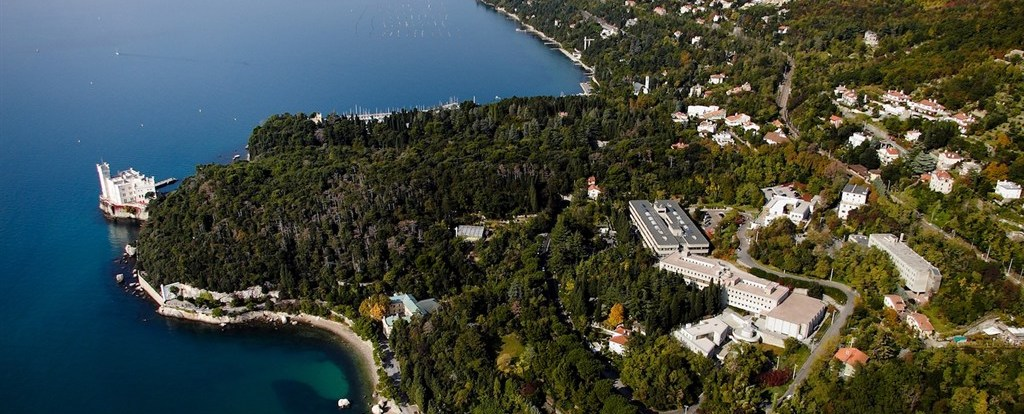Speaker
Description
The direct and inverse cosmic distance ladder methods provide two independent ways of estimating the Hubble constant by means of their calibrators, the absolute magnitude of Supernovae of Type Ia (SNIa), M, and the sound horizon at the baryon-drag epoch, rd. In light of the increasing relevance of the Hubble tension, it is thus of utmost importance to measure them following model-independent approaches that could be employed to shed some light on the discussion. In this work, we use state-of-the-art data on Cosmic Chronometers (CCH) and SNIa from Pantheon+ compilation to first test some standard assumptions in the LCDM: the constancy of the SNIa absolute magnitude and the robustness of the cosmological principle (CP) at z<2 with a model-agnostic approach. We do so by reconstructing M(z) and the curvature parameter using Gaussian Processes. Moreover, we use CCH in combination with data on baryon acoustic oscillations (BAO) from various galaxy surveys (6dFGS, BOSS, eBOSS, WiggleZ, DES Y3) to measure rd from each BAO data point and check their consistency. Given the precision allowed by the CCH, we find that all these parameters are fully compatible (at 68% C.L.) with constant values. This justifies our final analyses, in which we constrain them under the validity of the CP, the metric description of gravity and standard physics in the vicinity of the stellar objects. The results that we obtain are independent of the main data sets involved in the Hubble tension, namely, the cosmic microwave background and the first two rungs of the cosmic distance ladder.

